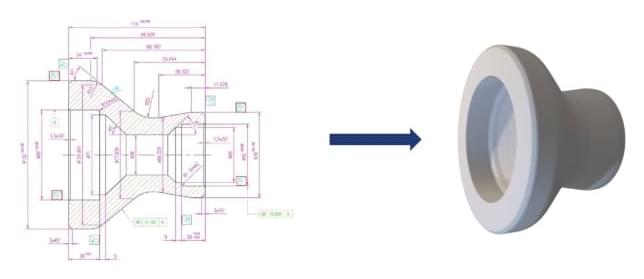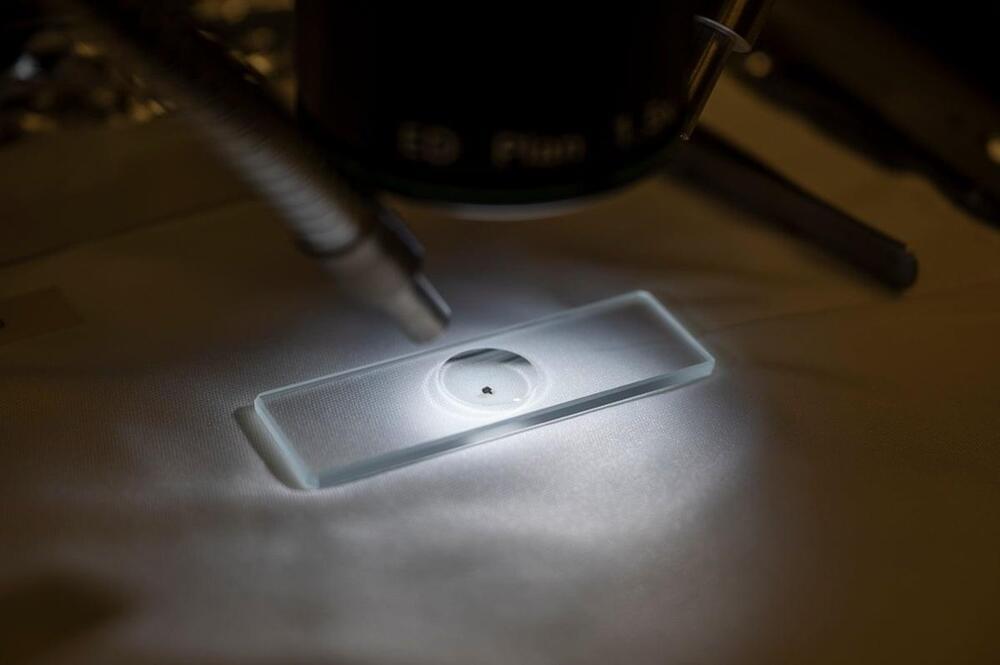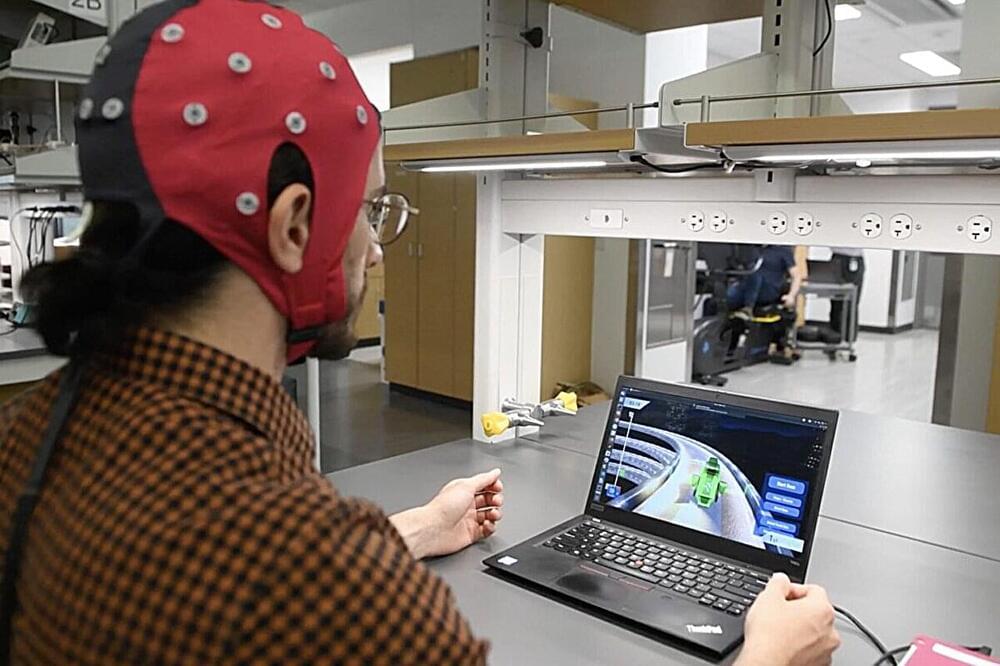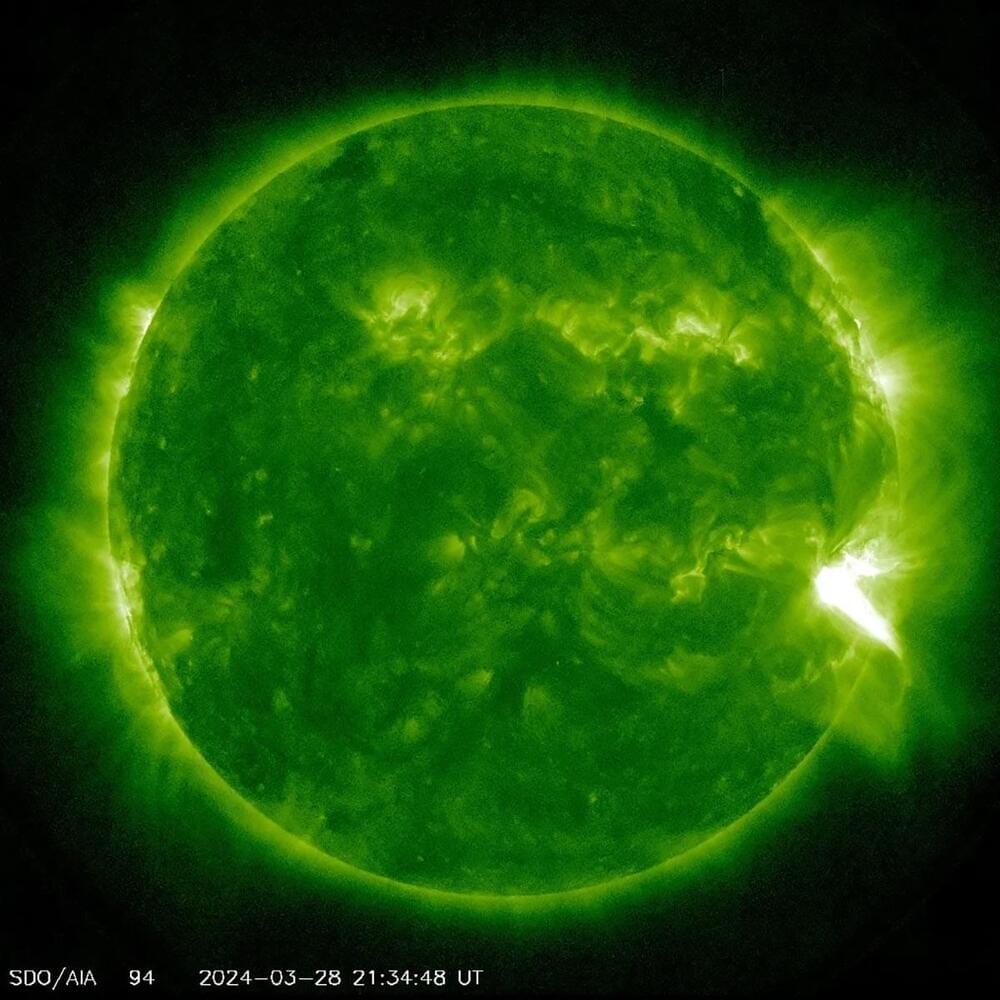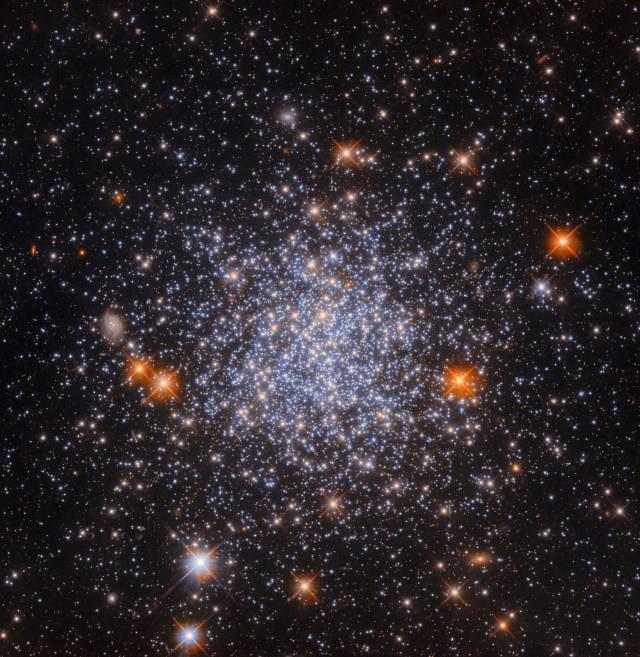French software start-up Spare Parts 3D (SP3D) has launched the beta program of Théia, its new digital tool that can automatically create 3D models from 2D technical drawings.
As global geopolitical and economic factors pose challenges to supply chains, more companies are looking to digitize their inventories, allowing spare parts to be 3D printed locally and on demand. This digitization process, however, can be time-consuming and costly.
Integrating into the company’s AI-driven DigiPart software, SP3D’s new offering leverages deep learning technology to convert existing 2D drawings of spare parts into 3D printable models, reducing conversion times from days to minutes.
